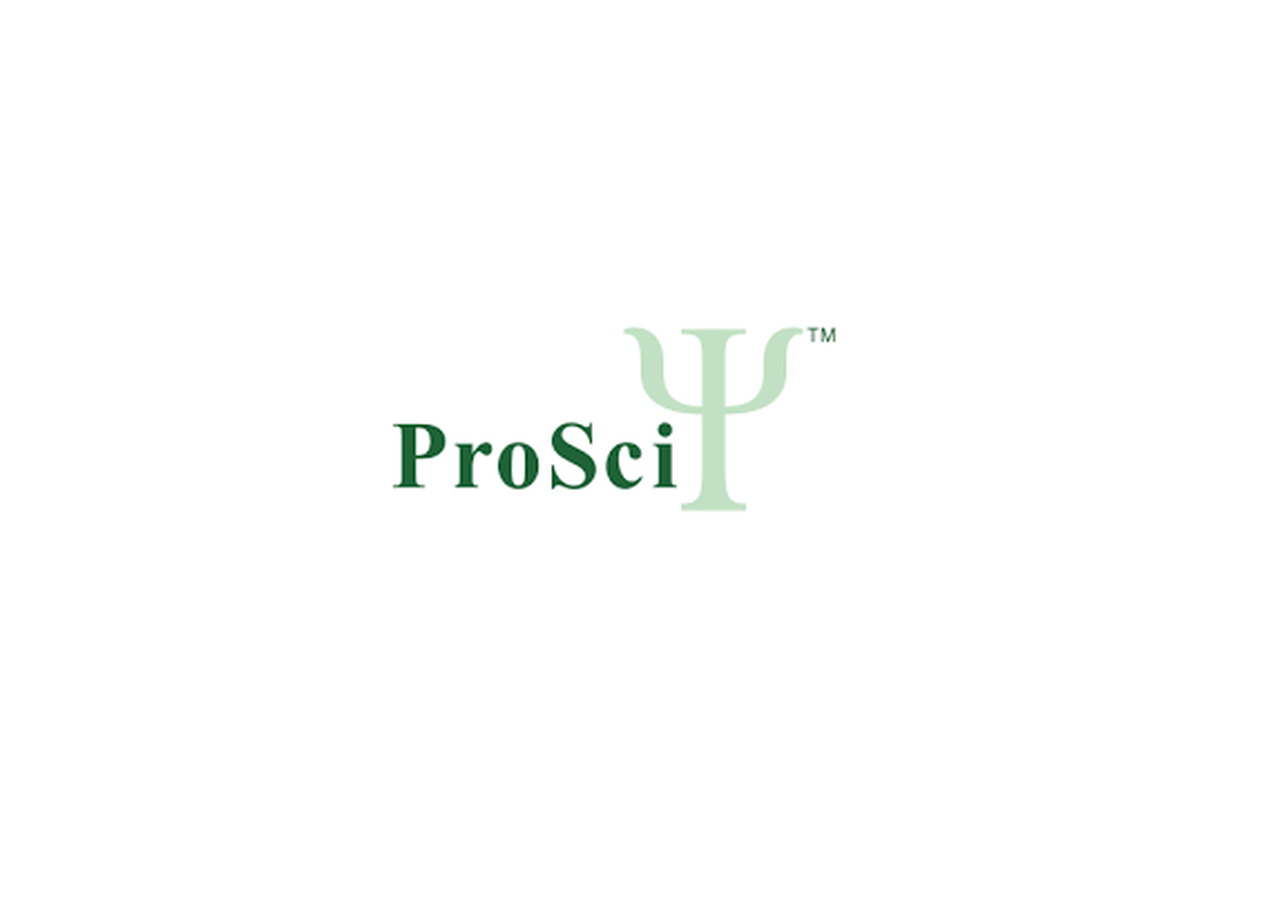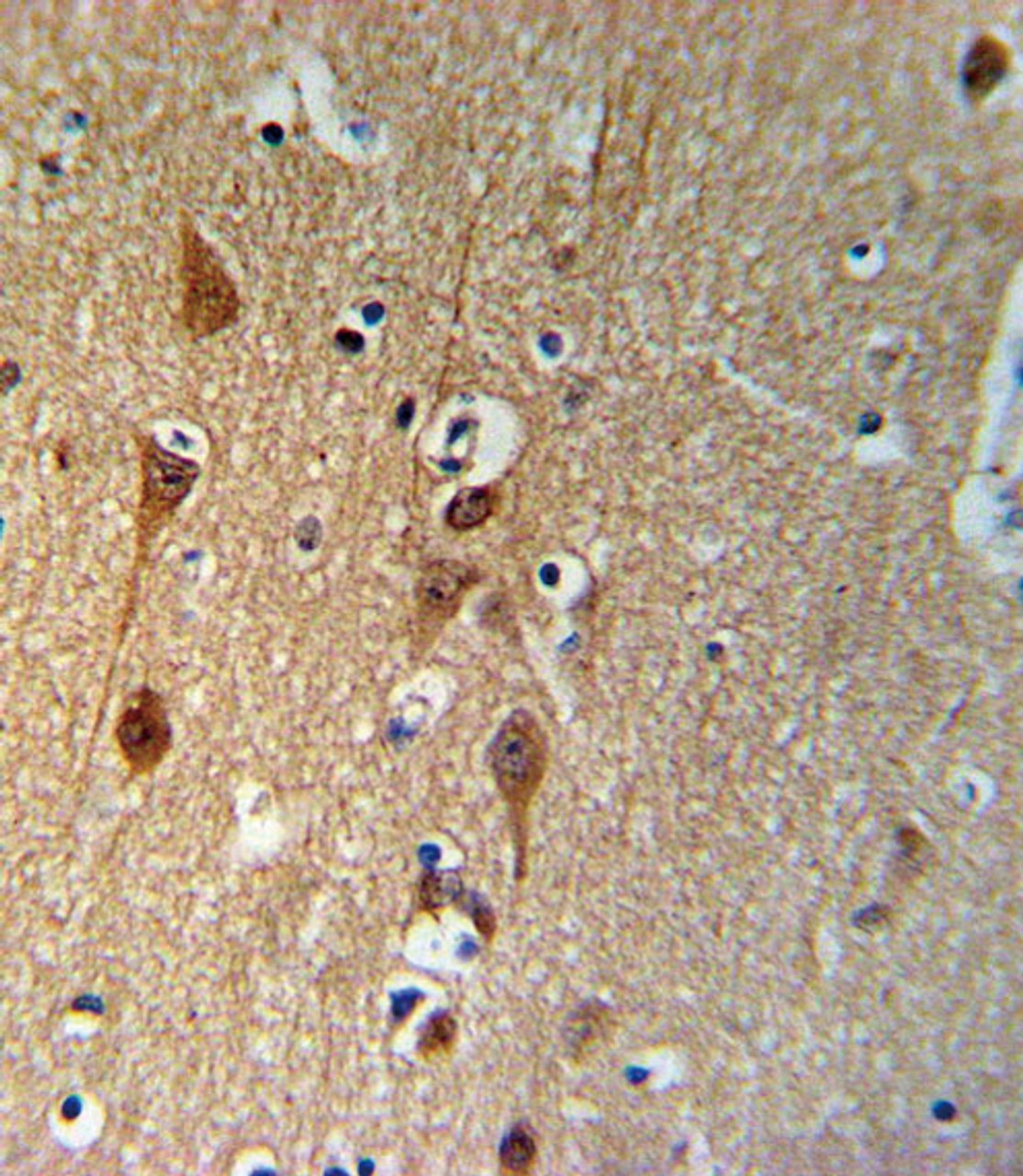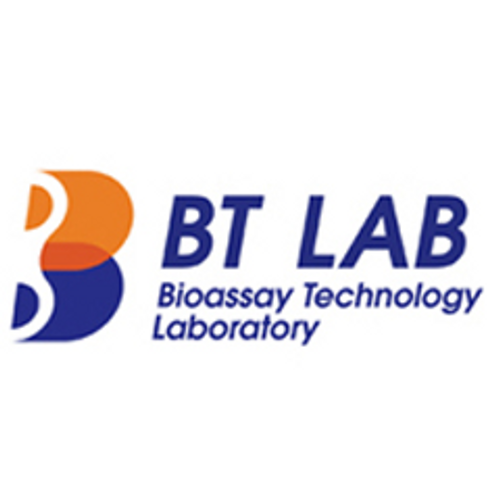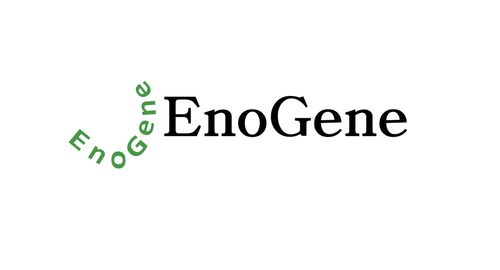Product Description
SMAD3-S208 Antibody | 64-227 | ProSci
Host: Rabbit
Reactivity: Human, Mouse
Homology: Predicted species reactivity based on immunogen sequence: Rat, Pig, Chicken
Immunogen: This SMAD3 antibody is generated from rabbits immunized with a KLH conjugated synthetic peptide between 186-215 amino acids from human SMAD3.
Research Area: Cancer, Cell Cycle, Obesity, Neuroscience, Signal Transduction
Tested Application: WB, IHC-P, IF, Flow
Application: For WB starting dilution is: 1:1000
For IHC-P starting dilution is: 1:10~50
For IF starting dilution is: 1:10~50
For FACS starting dilution is: 1:10~50
Specificiy: N/A
Positive Control 1: N/A
Positive Control 2: N/A
Positive Control 3: N/A
Positive Control 4: N/A
Positive Control 5: N/A
Positive Control 6: N/A
Molecular Weight: 48 kDa
Validation: N/A
Isoform: N/A
Purification: This antibody is purified through a protein A column, followed by peptide affinity purification.
Clonality: Polyclonal
Clone: N/A
Isotype: Rabbit Ig
Conjugate: Unconjugated
Physical State: Liquid
Buffer: Supplied in PBS with 0.09% (W/V) sodium azide.
Concentration: batch dependent
Storage Condition: Store at 4˚C for three months and -20˚C, stable for up to one year. As with all antibodies care should be taken to avoid repeated freeze thaw cycles. Antibodies should not be exposed to prolonged high temperatures.
Alternate Name: Mothers against decapentaplegic homolog 3, MAD homolog 3, Mad3, Mothers against DPP homolog 3, hMAD-3, JV15-2, SMAD family member 3, SMAD 3, Smad3, hSMAD3, SMAD3, MADH3
User Note: Optimal dilutions for each application to be determined by the researcher.
BACKGROUND: SMAD3 belongs to the SMAD, a family of proteins similar to the gene products of the Drosophila gene 'mothers against decapentaplegic' (Mad) and the C. elegans gene Sma. SMAD proteins are signal transducers and transcriptional modulators that mediate multiple signaling pathways. This protein functions as a transcriptional modulator activated by transforming growth factor-beta and is thought to play a role in the regulation of carcinogenesis.
 Euro
Euro
 USD
USD
 British Pound
British Pound
 NULL
NULL








![SMAD3-S208 Antibody [APR07042G] SMAD3-S208 Antibody [APR07042G]](https://cdn11.bigcommerce.com/s-452hpg8iuh/images/stencil/500x659/products/869021/1161088/logo__92149.1659788186__38550.1659865306.png?c=2)

![Phospho-SMAD3 (S208) Antibody [APR07154G] Phospho-SMAD3 (S208) Antibody [APR07154G]](https://cdn11.bigcommerce.com/s-452hpg8iuh/images/stencil/500x659/products/866944/1159011/logo__92149.1659788186__79357.1659863435.png?c=2)

